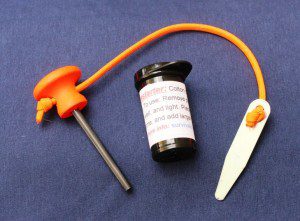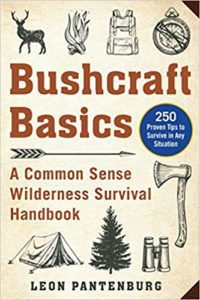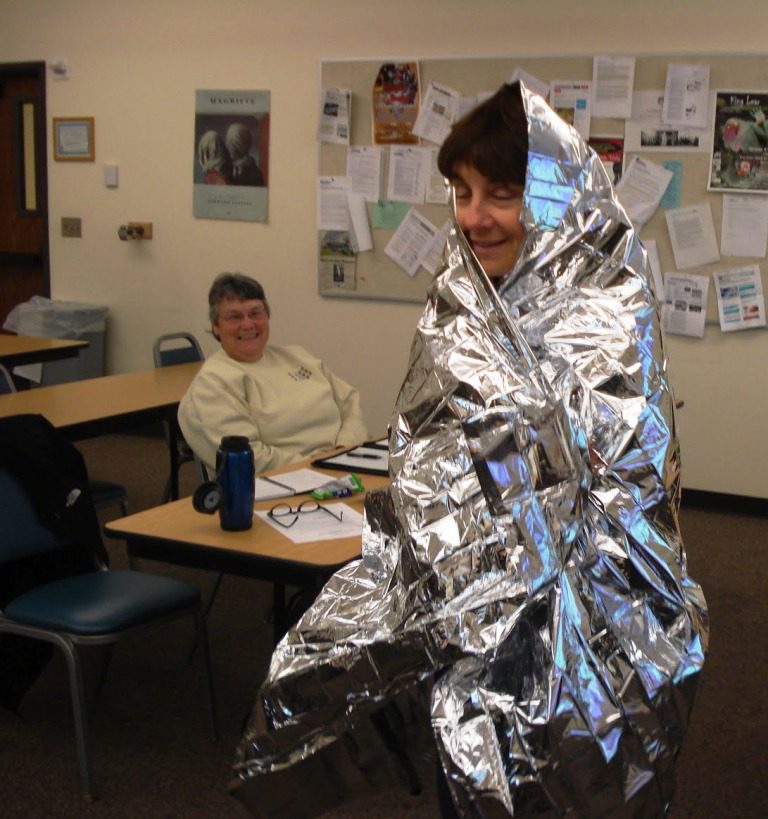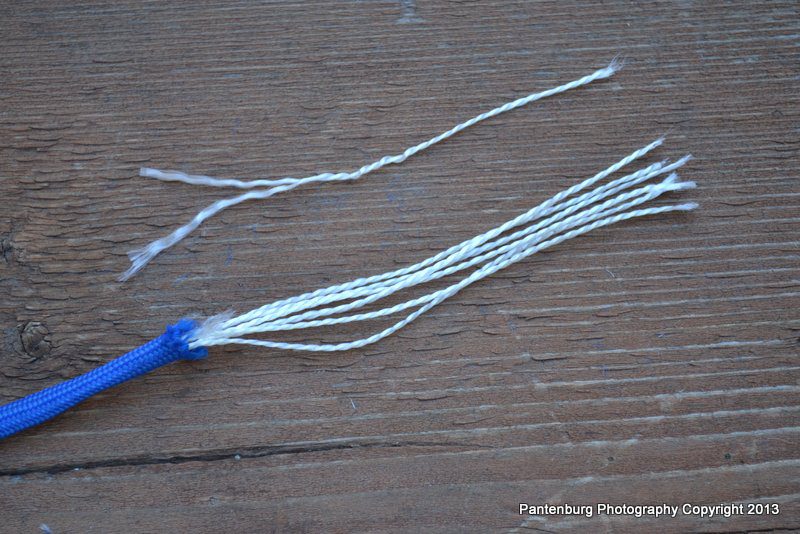Use what works.
Here is my go-to firemaking method for survival situations and how to use it.
by Leon Pantenburg
It has been over 17 years since I started any wilderness campfire using any ignition method other than flint and steel.
Part of the reason is to keep my survival skills polished, and the other is that flint and steel is just so effective. I’ve used the method successfully in driving rain and snow, wind and zero degree temperatures. But the old time method would not be my first choice as a survival fire making tool during an emergency.
My number one choice is a combination of cotton balls infused with petroleum jelly and ignited with a ferrocerium (also frequently referred to as a flint or magnesium) stick.

This firemaking kit is cheap, simple to make and effective.
The method has a lot going for it as a survival fire starter: the small, one-handed-opening container I use holds three infused cotton balls, weighs virtually nothing, and doesn’t take much space. The infused cotton balls can be lit with virtually anything that produces a spark or flame.
Properly infused cotton will burn for several minutes, and that alone will help coax a campfire out of damp tinder and wood.
Here is how to use the system:
Before you go: Get some extra-large 100-percent cotton balls and petroleum jelly. Pack as much jelly as you can into the cotton. Carry these in an easy-to-open, but secure container. Make sure these are close to your ferro rod for easy and quick access.
While not crucial, I like to take along an aluminum foil yogurt container top, too. (Survival Expert Peter Kummerfeldt taught me this trick, and I promote it shamelessly.)
To use:
- Remove a pinch of the fire starter from the container, and fluff it up as much as possible. The size of the pinch depends on a variety of circumstances, including dampness of the materials, weather, and the severity of the situation. If you desperately need to start a fire to prevent hypothermia, use a lot. If the emergency in not particularly severe, take some extra time to gather more tinder and small sticks and use a tiny pinch.

Infused cotton balls are cheap and effective.
- Place the cotton on the aluminum foil. The infused fluffed-up cotton will be sticky, so it will stay put on a flat log or rock, too. I like the aluminum foil trick because the concave foil makes the melted jelly pool, and that adds significant burning time.
- Point the end of the ferro stick at the base of the cotton. Get the stick as close a possible.
- Place the striker on top of the mag stick at a 90 degree angle. Position the edge at about a 45-degree angle, as if you want to whittle off some magnesium.
- Draw the ferro rod back sharply, while holding the striker in place. There is tendency for people to want to “whittle” the mag stick with the striker. This works just fine. For beginners, though, I recommend drawing the ferro stick back, so you don’t scatter the firestarter if your hand slips.
- The shower of sparks should ignite the cotton ball. The cotton ball can also be used as fire starter with any other flame or spark source.
If you’ve done everything right, this process should take hardly any time. The initial fire ignition should burn for several minutes. All you need to do is add, in this order, small twigs, larger branches and finally logs. Gather all these, and have them ready before you ignite the cotton ball.
Then, congratulations – you have a warm fire, and can think about the next step in your survival plan.
Please click here to check out and subscribe to the SurvivalCommonSense.com YouTube channel – thanks!

Order your copy now!
You can also order Leon Pantenburg’s book “Bushcraft Basics: A Common Sense Wilderness Survival Handbook” at your local independent book store:
or on Amazon
or at Barnes and Noble
or at Books a Million





Leave a Reply